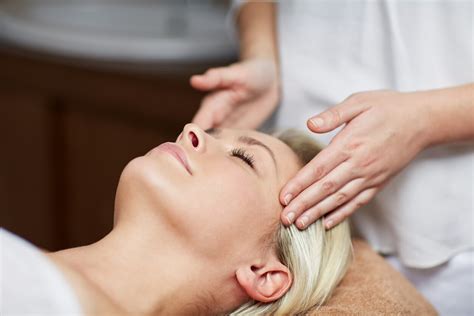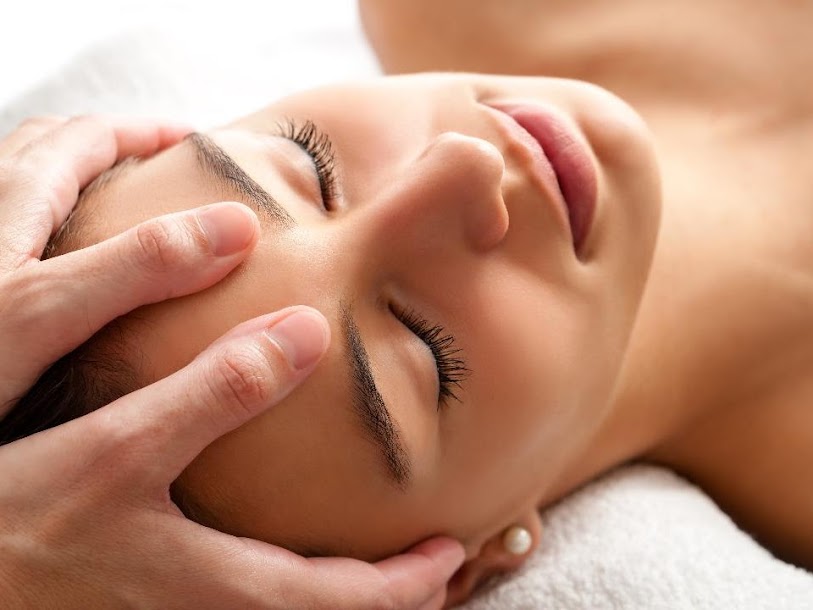
7 Ways That Craniosacral Therapy Has Helped My Clients Feel Better
Craniosacral Therapy Benefits
Many people report positive experiences with craniosacral therapy (CST), although the reasons for these experiences can vary. The therapy is often described as being deeply relaxing, and some individuals find it helpful for conditions like headaches, chronic pain, stress, anxiety, and even emotional release. Overall, Craniosacral Therapy is a unique holistic healing journey that holds many benefits.
Here are some of the most commonly reported positive experiences:
1. Deep Relaxation and Stress Relief
- Many people find CST to be deeply calming. The gentle, hands-on approach, combined with the melding of the slow, rhythmic nature of the therapy, helps to activate the body’s relaxation response in the Nervous System.. This can lead to a reduction in stress, muscle tension, and a sense of overall well-being.
- People often describe feeling more relaxed after a session, with some even reporting feeling “lighter and more spaceious inside” along with being more grounded.
2.Chronic Pain Relief
- Some individuals with chronic pain conditions, such as neck pain, migraines, or back pain, have found relief through CST. The gentle listening and the quiet nudge of support of the Craniosacral System can help alleviate tension in the body and promote the relaxation of muscles and fascia.
- Patients with headaches, particularly those caused by tension or stress, sometimes report fewer headaches or a reduction in intensity after CST sessions.
3. Improved Sleep
- Many people say they experience better sleep after receiving CST, which could be related to the relaxation and stress reduction achieved during the session. Improved sleep quality may help individuals feel more rested and energized in the days following a treatment. Sleep time is when the brain clears, so it’s important to also create good sleeping habits.
4. Enhanced Emotional Well-being
- Some people have reported emotional releases or breakthroughs during Somato-Emotional CST sessions. For instance, some might experience a surge of emotions or have a deeper sense of emotional clarity after a session. This could is related to the deep relaxation and the subtle bodywork when fascial tension leaves and the cranial rhythm comes to a stillpoint, which may help release pent-up tension or emotional blockages.
- There are anecdotal reports of people feeling more emotionally balanced or having improved mood after CST, especially if they were struggling with stress, anxiety, or emotional trauma.
5. Better Range in Mobility
- For those with musculoskeletal issues, CST can help improve mobility and range of motion, particularly in areas where there is stiffness or restriction. People with conditions like temporomandibular joint (TMJ) dysfunction or postural imbalances may notice improved flexibility or reduced stiffness after CST. Higher level Craniosacral Therapist who are trained in mouthwork can work through an Upledger protocol or listen and follow the tissues and the rhythm to unwind and come into a more neutral balance. It helps restore structural integrity in the cranium.
6. General Sense of Feeling Well
- Proactive health is best! Even those without specific pain or medical concerns often report feeling an increased sense of well-being after CST. The treatment is described as calming and restorative, which might be why it is commonly sought out by people looking to simply relax or promote general health.
7. Support for Emotional and/or Physical Healing
- CST has been reported by some as a helpful adjunct to traditional medical treatments, especially in cases of trauma recovery or long-term health challenges. Individuals with conditions such as fibromyalgia, chronic fatigue, or post-traumatic stress disorder (PTSD) have sometimes found CST to provide a supportive, calming influence in their healing process.
Why Do People Report These Positive Experiences?
It’s interesting. In the western medical system, there is not a strong understanding of fascia and the Craniosacral System. Some people deny it with the idea of the Placebo effect. Afterall, most Craniosacral Therapist are heart centered caring people who pay compassionate attention to their clients. Maybe this is part of it. But isn’t this true with most kinds of medical treatment and and medicines. It works for some people but not all. Integrative Craniosacral Therapy is an experience. However, it is based on real anatomy and physiology, just like any medical treatment. It’s just a hands on manual approach, which happens to be profound and far reaching. It’s very individualized as it supports your unique system to heal.
The Relaxation Response: The slow, gentle nature of CST can activate the body’s parasympathetic nervous system, which is responsible for the rest-and-digest response. This can lead to a decrease in heart rate, blood pressure, and muscle tension, helping people feel more relaxed and at ease.
Therapeutic Touch: Human touch, particularly when it’s gentle and non-invasive, can have profound psychological and physiological effects. The experience of being listened to and cared for, in combination with physical touch, might trigger a sense of healing or comfort. How many times in our past were our real needs met, and how do we change our body response to this type of connection?
Holistic Approach: CST emphasizes a holistic view of health, considering the interconnections between the body, mind, and emotions. This approach resonates with some people who feel that their health concerns are not only physical but also emotional or energetic. CST’s focus on balancing and restoring the body’s natural rhythms may appeal to those looking for a more integrated, whole-body form of healing. When we work 1:1 in Craniosacral Therapy, there is a special connection between the therapist and the nervous system of the person on the table. It’s a process of healing everything in us that is human. Everyting is indeed interconnected.
There are a lot of questions in the medical field about Craniosacral Therapy. In a system that is based on what we can see, and mostly on the physical level, it’s hard for people to imagine that listening to the body and helping it to self-correct is not realistic. Nonetheless, if you open your mind up, there are so many other possibilies in the Unknown. Why limit your beliefs about healing?
On a Realistic Note
Realistically, Craniosacral Therapy can feel magical. Deep transformation and healing happens quite often. At the same time, honestly some people don’t “get it”. It does take a certain ability and awareness to receive and to trust enough to sense the changes that are happening. Even still, as a therapist, we can feel things even if you can. But I want people to realize that while this work is profound, it takes a certain sensitivity to understand and know the benefits. However- most people feel more deeply relaxed and appreciate at the end of treatment.
If you have any more questions, I offer a free 15 phone consultation. I would love to speak and help you find if this is the right treatment for you.
Sharon Hartnett CST-D
Worthington, Ohio|Serving the Columbus Area
614 653-8111
To find out more about Craniosacral Therapy, check out my main page.



